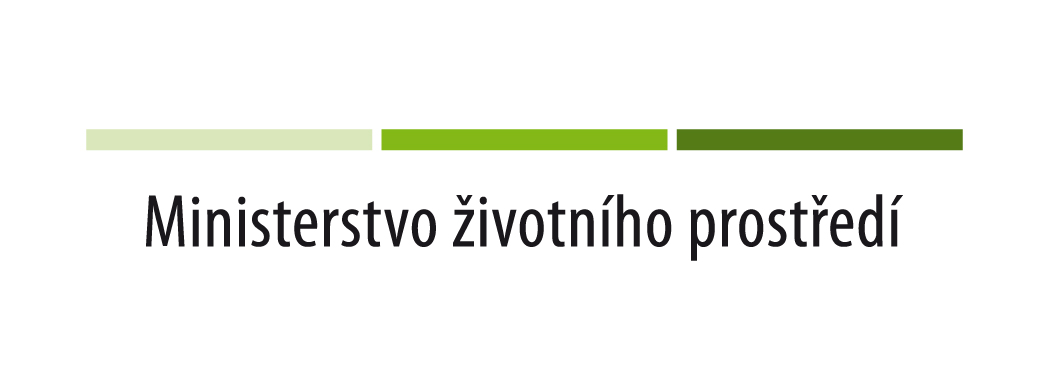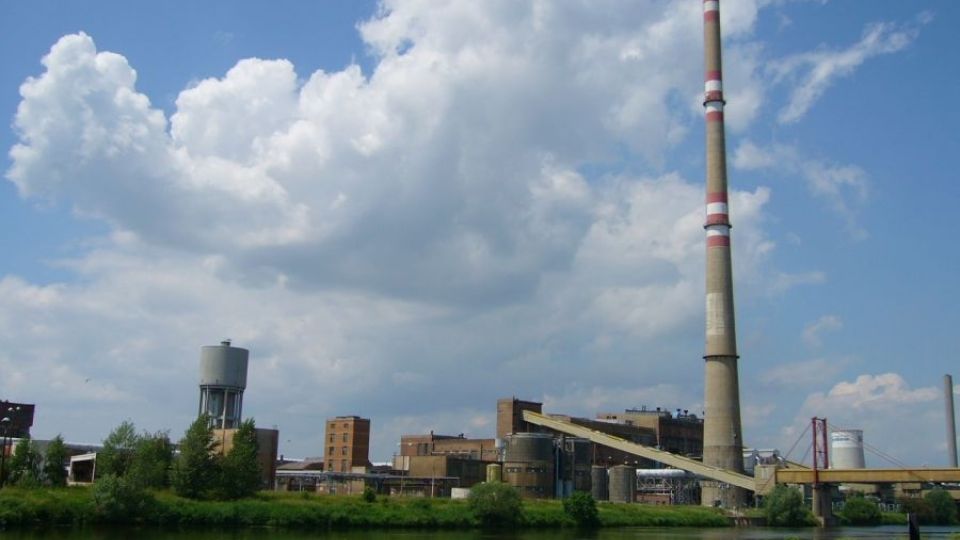For the fourth time, the chemical plant Spolana in Neratovice is in the first places of the lists of the biggest Czech polluters, because of emissions of carcinogenic and mutagenic substances. The company Kronospan in Jihlava placed second. It increased the emissions of carcinogenic formaldehyde by more than three tons, in comparison with the previous year. North Bohemian power plants in Počerady, Prunéřov and Tušimice follow. They released the highest emissions of greenhouse gases, gases causing acid rain, and mercury. On the contrary, the company ACO Industries in Přibyslav, producing polymer-concrete, improved its position by reducing styrene emissions by 17 tons. People may find the polluters in the vicinity of the place where they live at the Arnika's web pages www.znecistovatele.cz.
Find the complete lists attached below the press release
Arnika has prepared lists for 14 years already on the basis of publicly available data in the Integrated Pollution Register operated by the Ministry of Environment. According to the legislative requirements, the individual plant releases and transfers hazardous substances themselves. In 2017, the data were provided by a total of 1325 plants, 25 more than in 2016.
TOXIC SUBSTANCES IN WASTE
In 2017, industrial plants were more toxic than wastes before. This concerns mainly dioxins, mercury, and hexachlorobenzene. "The Ministry of the Environment should monitor very carefully what happens with wastes containing dioxins, hexachlorobenzene, and/or mercury. Any releases of these substances into the environment have long-term impacts on human health and the environment, especially if they are handled in the vicinity of water courses or places where domestic animals are bred,” warns RNDr. Jindřich Petrlík, the head of the Toxics and Waste Program of the Arnika Association.
Dioxins in waste
"Amounts of dioxins transferred in wastes from metallurgical plants and waste incinerators increased hugely," put Petrlík more precisely. This plant reduced dioxin emissions into the air by one third. The historically highest amount of dioxins in waste was also reported by a municipal waste incinerator in Prague - Malešice, almost 27 g TEQ.
"The amount of dioxins reported by industrial plants in waste in 2017 corresponds to the amount in the already remediated contaminated site in Spolana Neratovice that was the site with the highest dioxin contamination in Europe," explained Petrlík.
Mercury in waste
The situation is similar to mercury in waste. After the chemical plant, Society for Chemical and Metallurgical Production in Ústí nad Labem stopped using mercury for chlorine production, it transferred more than 130 tons of mercury to another company for deposition.
“Something similar will happen in the case of Spolana Neratovice, too. It is important to monitor where such high amounts of toxic mercury end. The environmental pollution by mercury is regulated by the international Minamata Convention that has also been valid for the Czech Republic since last year,” said Petrlík.
Hexachlorobenzene in waste
One of the companies in the premises of the chemical plant, Epi in Ústí nad Labem, transferred a high amount, almost 447 tons, of hexachlorobenzene in waste out of its premises. Hexachlorobenzene, similar to dioxins, are among the persistent organic pollutants regulated by the Stockholm Convention.
EMISSIONS OF POLLUTANTS INTO THE AIR
Ozone Depleting Substances
The highest amounts of these substances were released from Spolana, which increased releases of HCFCs compared to the previous year. The company, PEPSICO CZ, released CFCs into the air, and this company showed the highest increase in emissions among the Prague polluters.
Greenhouse Gases
The amount of greenhouse gases reduced in the last year, as a consequence of lower emissions in their four largest industrial sources: the Počerady, Prunéřov, and Tušimice power plants, and the energy plant in Vřesová. Each of these plants reduced emissions by 200,000 tons compared to 2016.
Styrene
"Air pollution with potentially carcinogenic styrene was reduced in 2017, mainly thanks to the reduction of emissions from ACO Industries in Přibyslav by 17 tons. This time, reduction on a year-by-year basis cannot be caused by a lower amount of plants submitting the reports, as in the previous year," said Ing. Milan Havel from the Arnika Association. Styrene emissions were reported by 86 plants in 2015, by only 52 in 2016, and by 54 in 2017.
The total amounts of carcinogenic substances and substances toxic to reproduction released from industrial sources remained at approximately the same levels. Emissions of ozone depleting substances, substances hazardous to water organisms, and mutagenic substances, increased compared to the previous year. On the contrary, emissions of greenhouse gases and endocrine disruptors decreased.
The 18 current tables are dominated, in particular, by polluters from the Moravian-Silesian, Usti nad Labem, Central Bohemia, and Vysocina regions.
This year, the Arnika Association published lists of the largest polluters according to the IPR data within the framework of the projects Teflon, Minamata, Stockholm and DDT Publicly, supported by the Ministry of Environment, and Arnika Regional & International Support for a Toxic Free Future, supported by the Global Greengrants Fund. Preparation of the internet application, and of the lists was also financially supported by the individual donors of Arnika, who deserve thanks not only from us, but also from users of the website polluters under a magnifier www.znecistitele.cz.
The chart of the worst Czech polluters was financially supported by the Ministry of Environment of the Czech Republic, the City of Prague and the Global Greengrants Fund. The published information may not express an opinion of donors.










